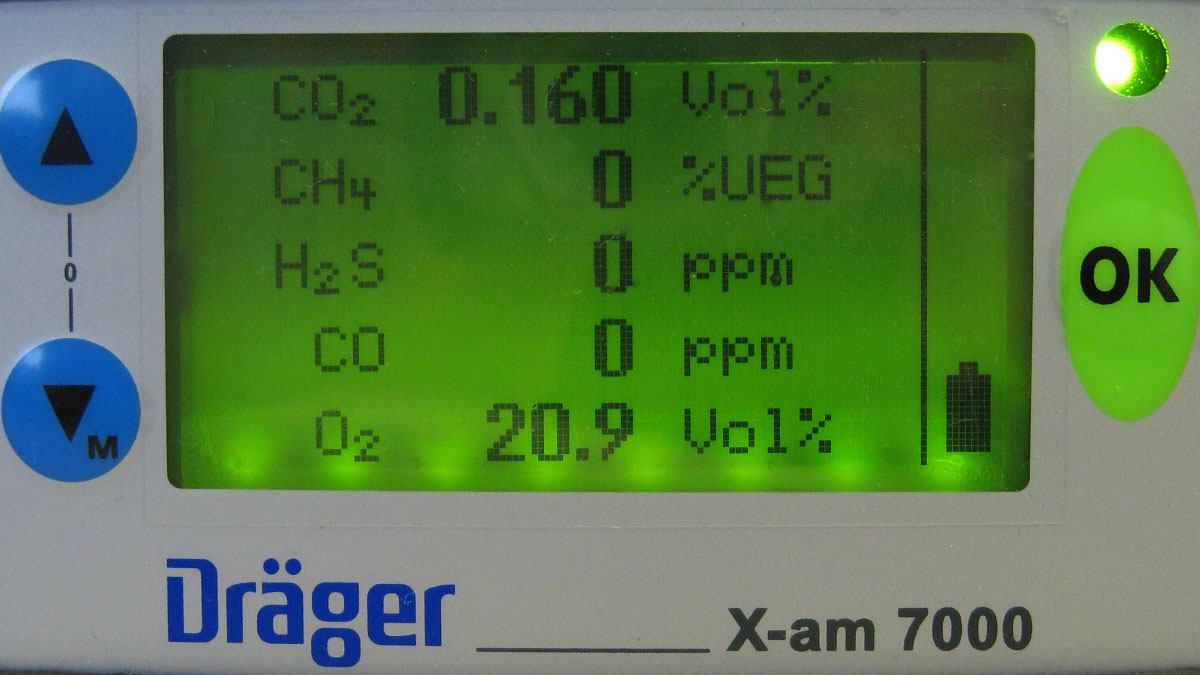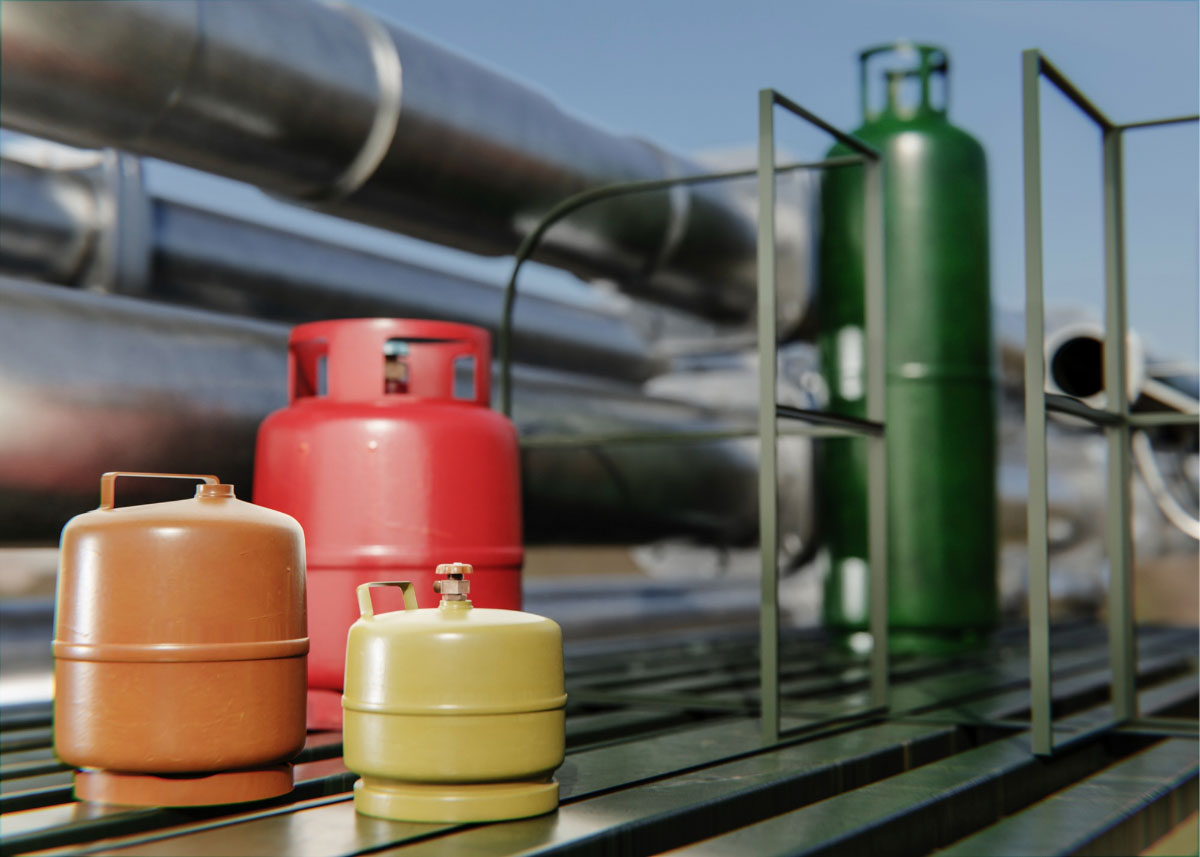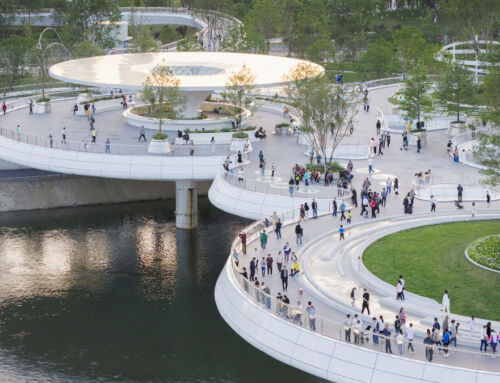Industrial gases play a fundamental role in various areas of construction. However, their use entails risks that require rigorous control, where early detection is key to ensuring safety.
In applications where combustible gases such as methane (CH₄) or propane (C₃H₈) are used—in heating, cooking, or hot water systems, for example—leak prevention is critical. These highly flammable gases require catalytic detectors near combustion equipment and connection points. In the event of a leak, these devices not only cut off the supply but also activate forced ventilation systems and alarms to mitigate the risk of explosion.
Another significant risk is posed by toxic gases such as carbon monoxide (CO), a product of incomplete combustion in boilers or vehicle engines. Infrared sensors are strategically placed in garages or technical rooms to detect them. If they become concentrated, they trigger ventilation protocols and alerts.
Asphyxiant gases, such as carbon dioxide (CO₂)—used in fire suppression systems—pose a different challenge. Their release in enclosed spaces displaces oxygen and puts occupants at risk. Therefore, these systems are activated by smoke or heat detectors, but incorporate advance alarms for immediate evacuation before discharge.
In HVAC and refrigeration systems, the detection of refrigerant gases is equally crucial. When their concentrations exceed regulatory limits, automatic systems activate alarms, close valves, and increase ventilation to restore safe levels.
Specialized applications deserve special mention, such as hydrogen (H₂) in fuel cells, oxygen (O₂) in medical environments, or ozone (O₃) in industrial processes. These applications require context-specific detection technologies.
Beyond basic measures—power outages, ventilation, and alarms—building management systems (BMS) are at the forefront of security. These integrate these basic systems and enable real-time monitoring, automated responses, and remote control, thereby increasing the effectiveness of accident prevention.
By Juan Carlos Soria, Senior MEP Engineer in the Architecture Department at Amusement Logic







